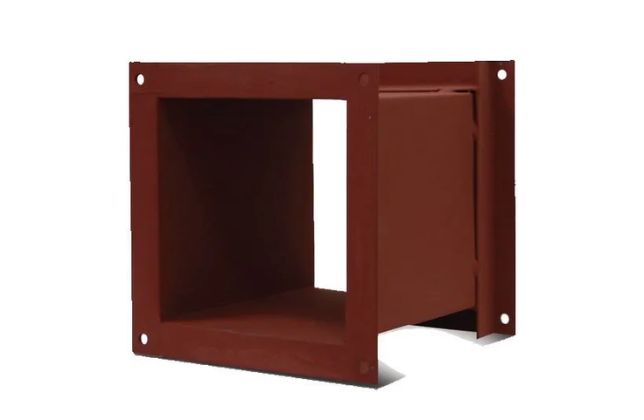
Description
Typically, “MS ducting” refers to mild steel ductwork, which is also known by the acronym MS. Because mild steel has less carbon than other types of carbon steel, it is more easily fabricated and more pliable. The following are important details of MS ducting:

Material: MS ducting is made of mild steel sheets, which are widely available, inexpensive, and simple to fabricate for usage in a variety of industrial applications.
Strength: Although mild steel’s strength is not as great as that of other metals, such as stainless steel, it is still enough for the majority of HVAC ductwork applications. It is resistant to mild mechanical stress and pressure.
Corrosion Resistance: When mild steel is exposed to moisture and other environmental conditions, it can corrode. To avoid rust and increase its lifespan, MS ducting usually needs protective coatings like galvanization or painting.
Fabrication: Depending on the particular needs of the ductwork design, MS ducting can be produced utilising a variety of techniques, such as welding, riveting, or bending. Because of its relative ease of use, custom ducting systems can benefit from it.
Applications: MS ducting is utilised in a variety of HVAC systems, including those that are residential, commercial, and industrial. It can be applied to ventilation systems, exhaust ducts, supply and return air ducts, and more.
Cost-Effectiveness: MS ducting is a cost-effective solution for many HVAC projects because mild steel is typically less expensive than other metals like stainless steel or aluminium. It is crucial to take into account the possible supplementary expenses linked to corrosion prevention and upkeep in the long run.
Maintenance: To guarantee the longevity and functionality of MS ducting, proper maintenance is necessary. The ductwork’s lifespan can be increased and corrosion prevented with routine cleaning, inspection, and recoating with protective coatings.
Reviews
To write a review, you must login first.
Similar Items